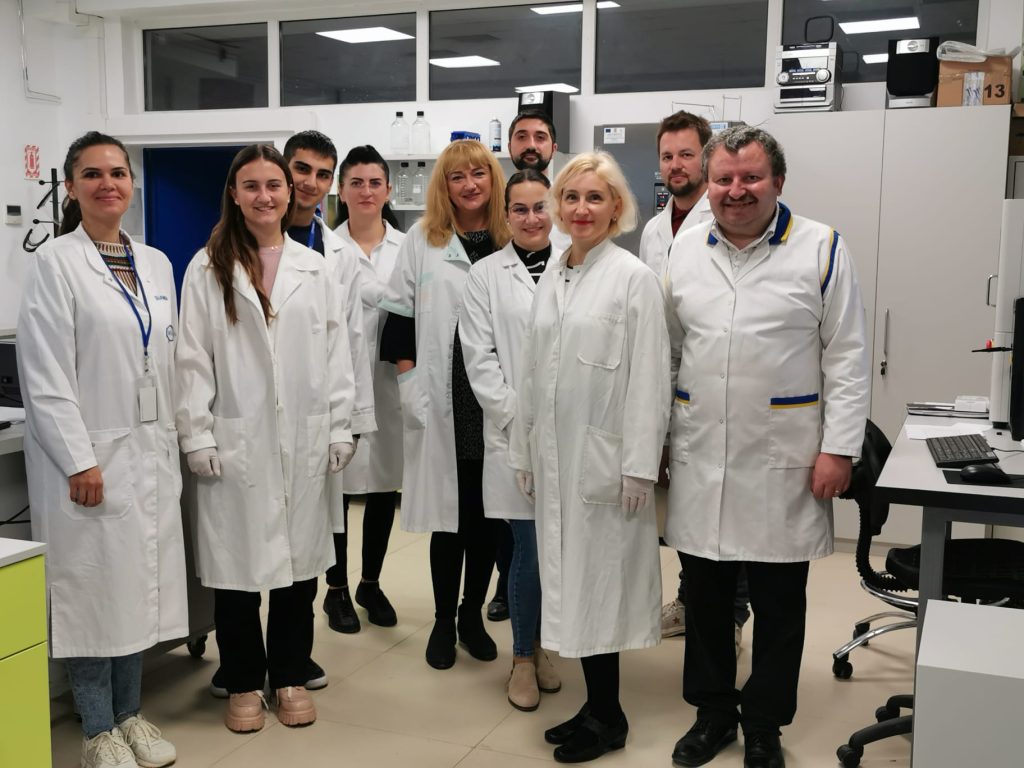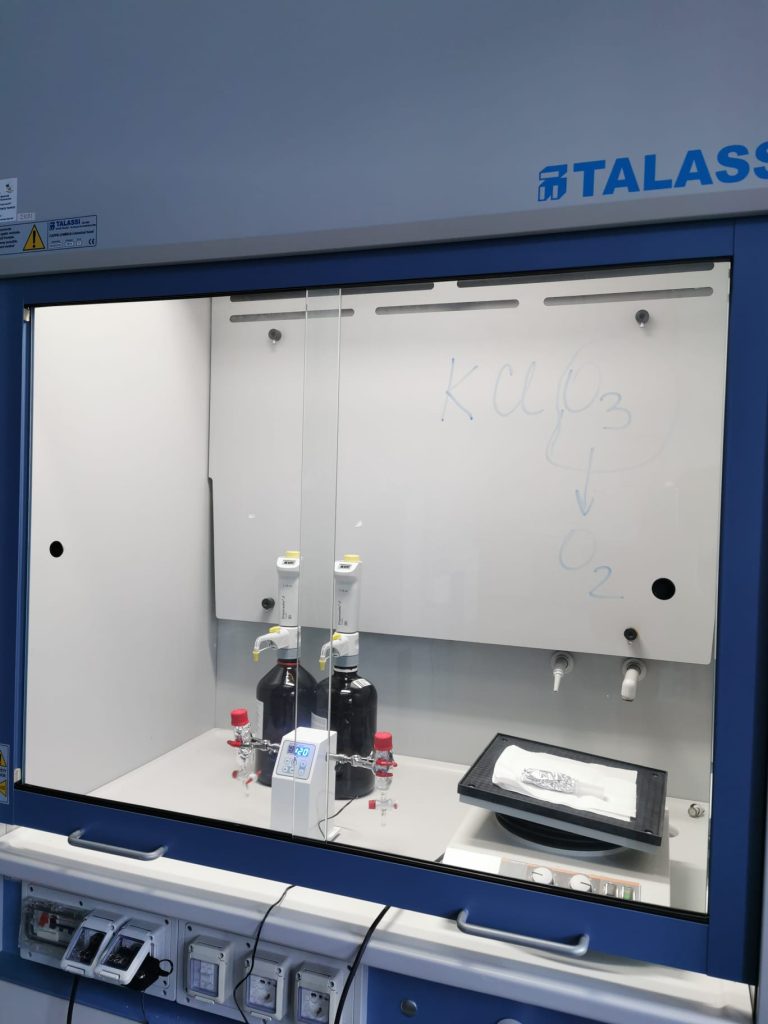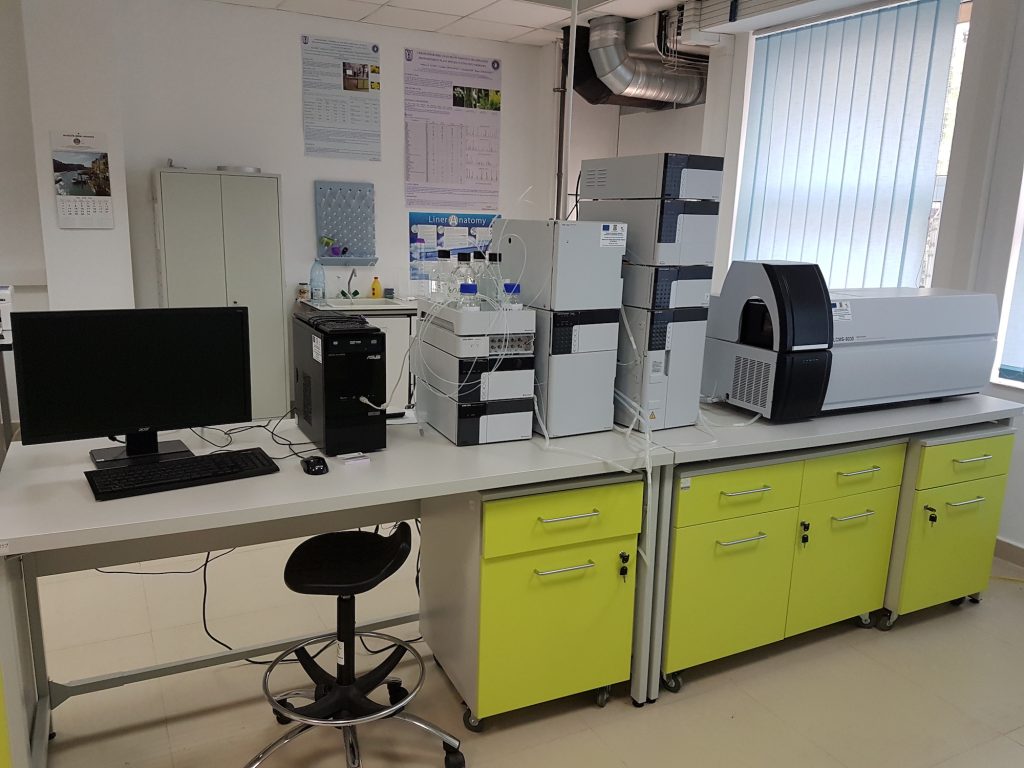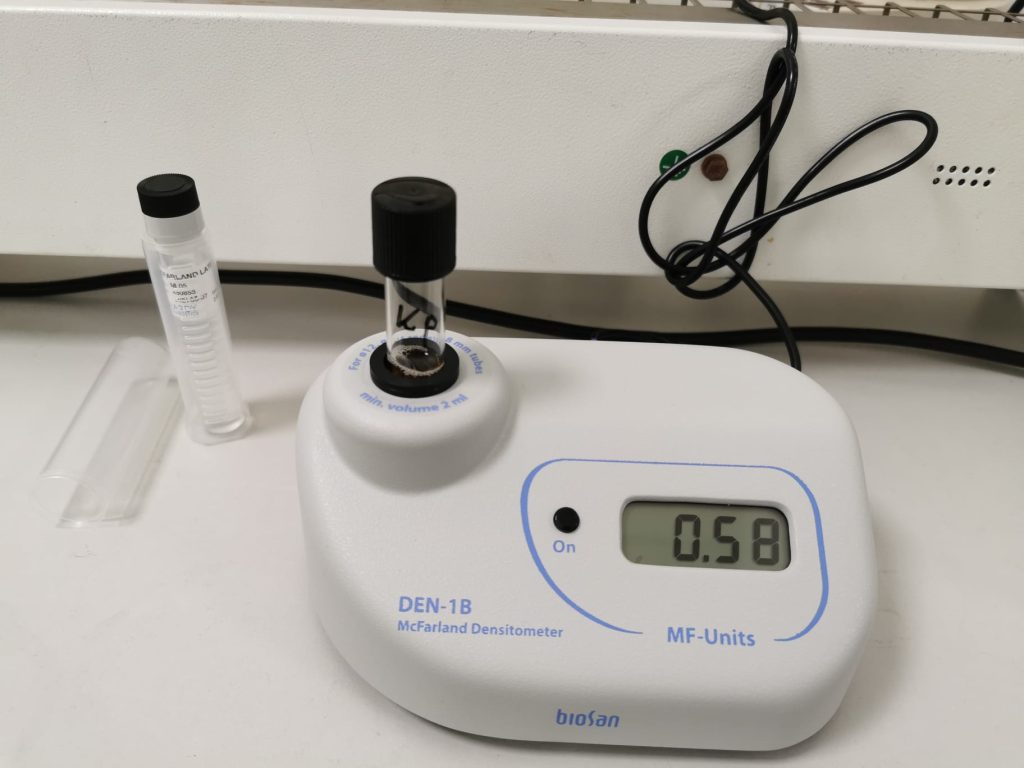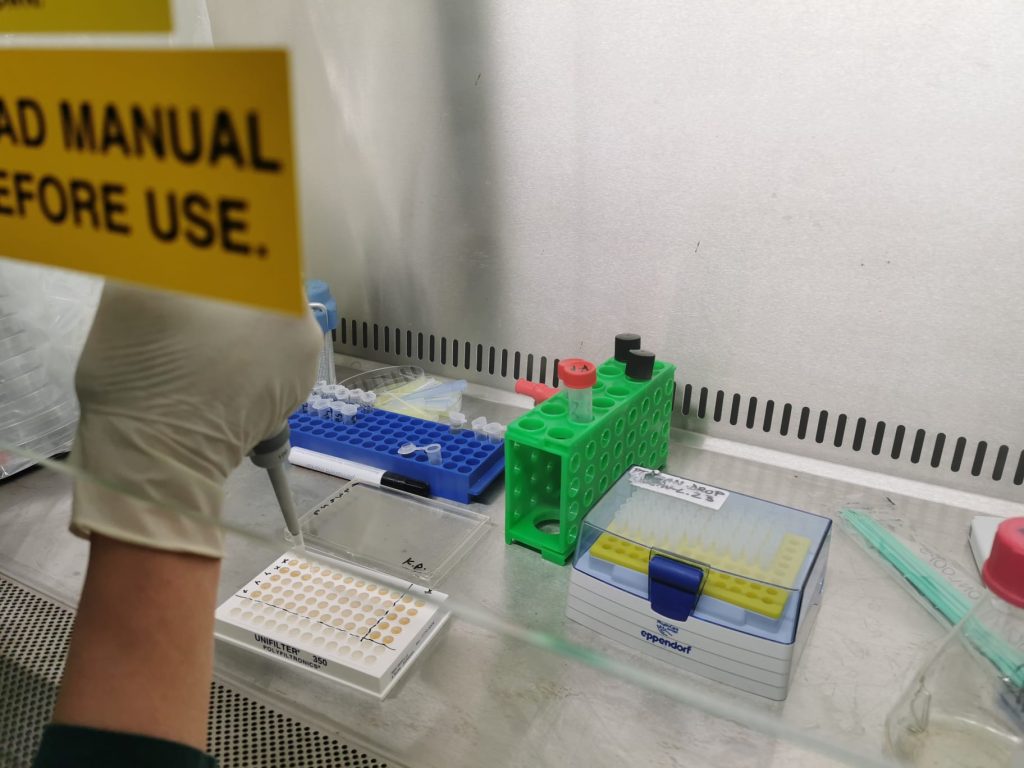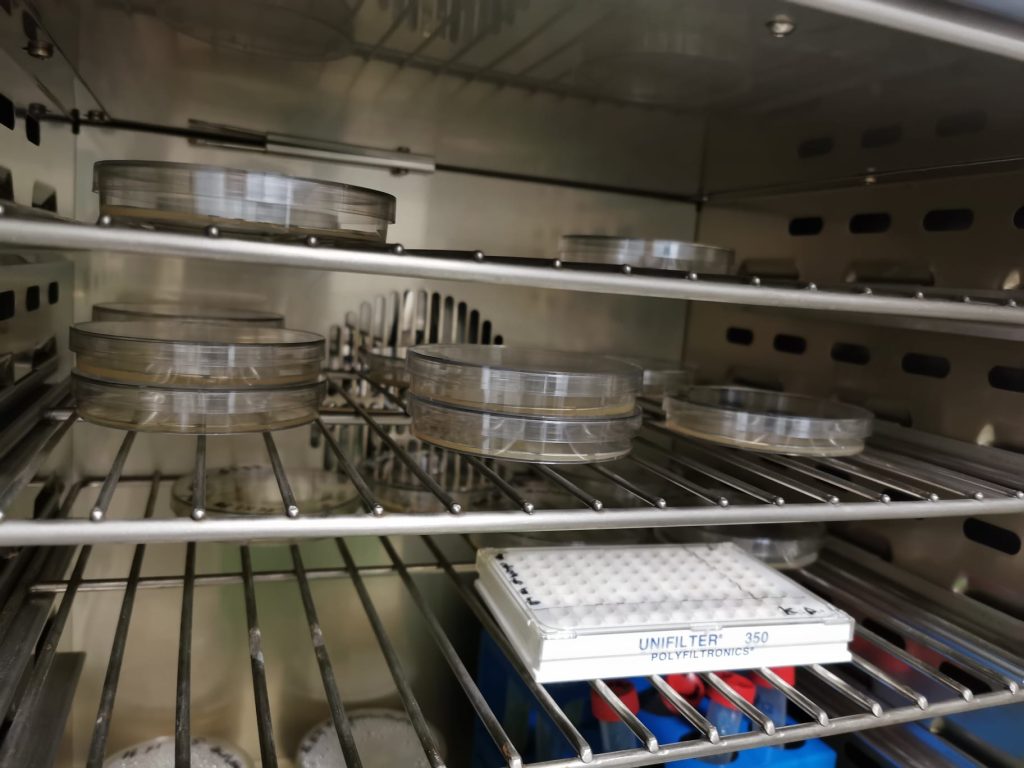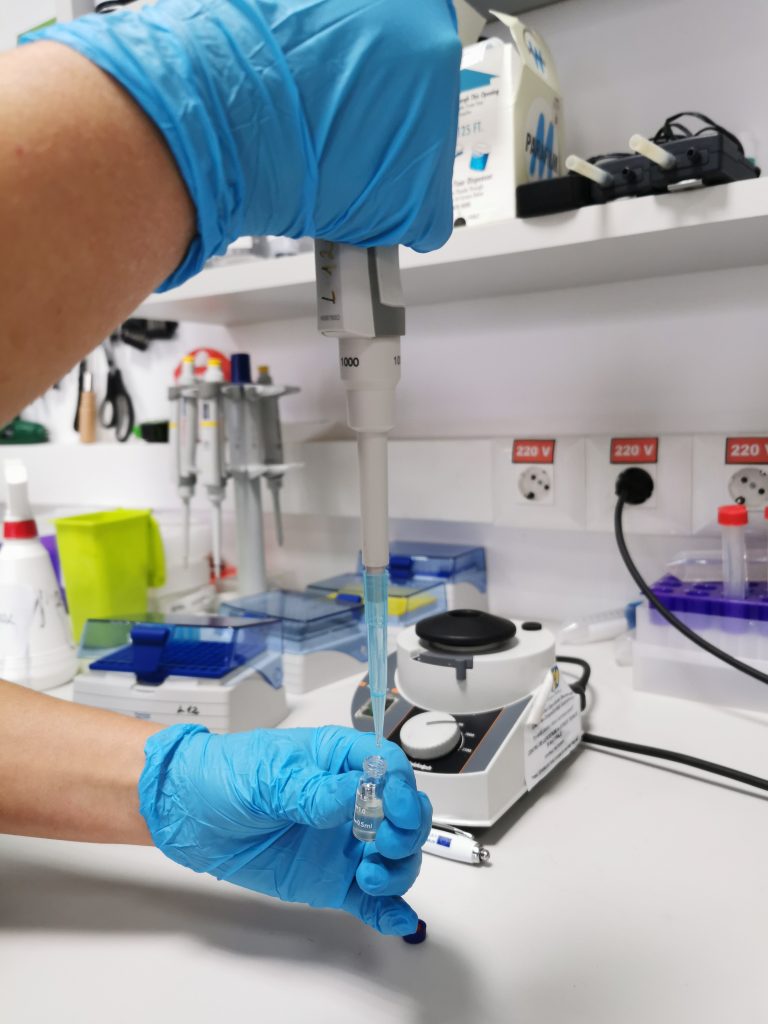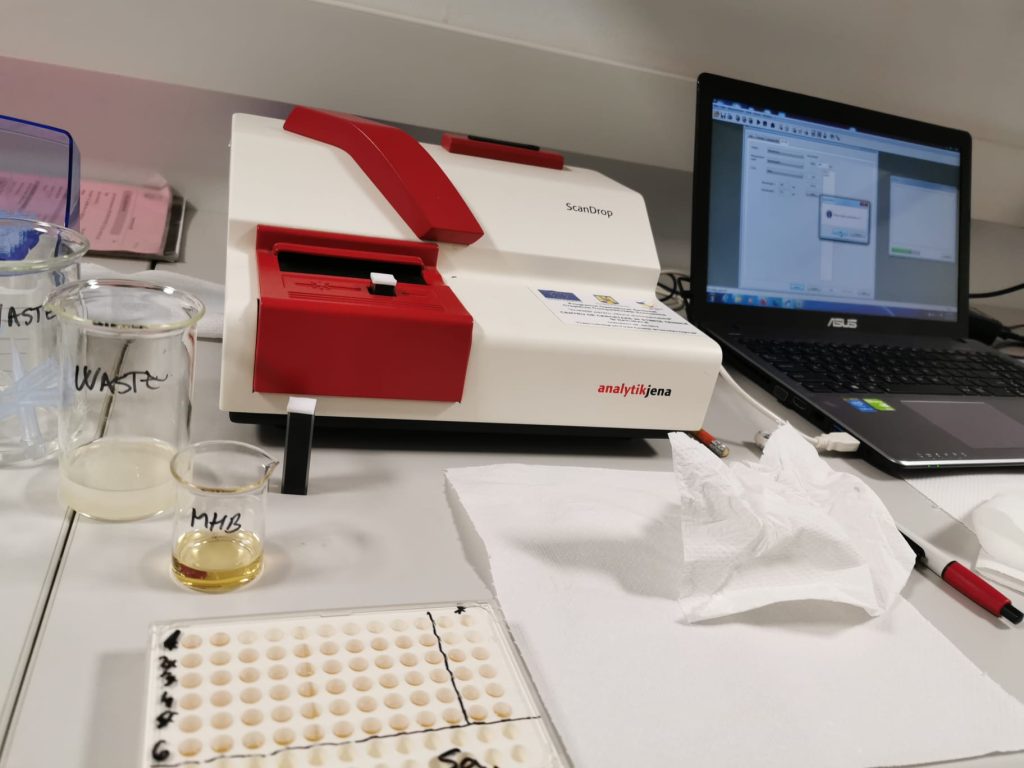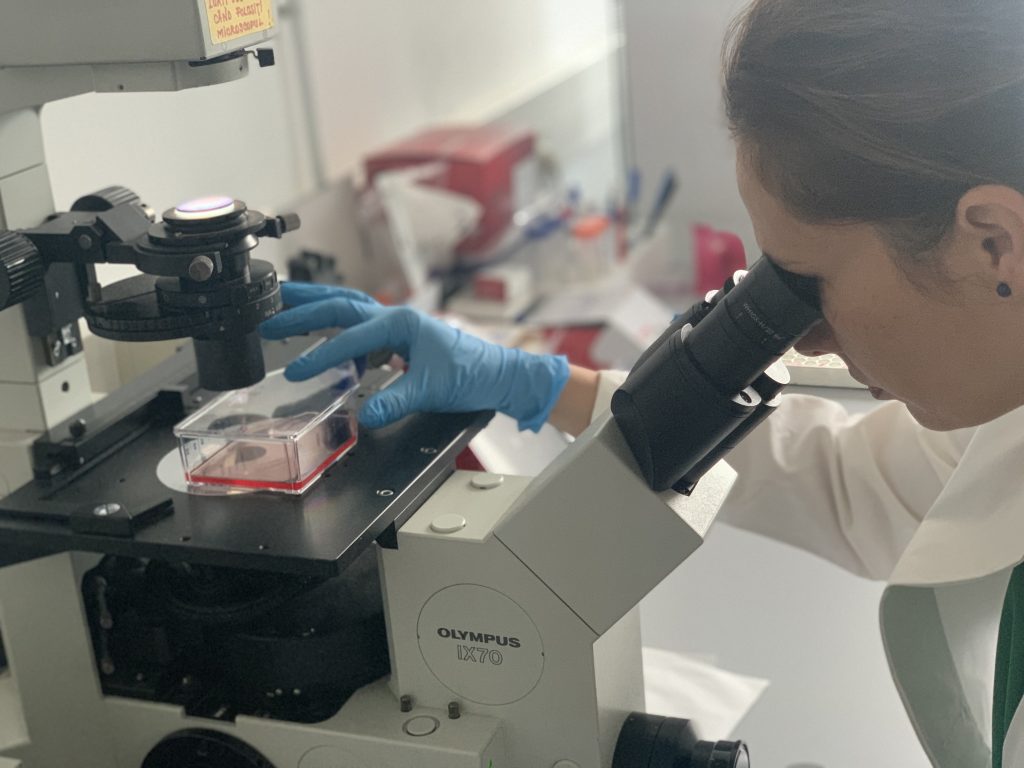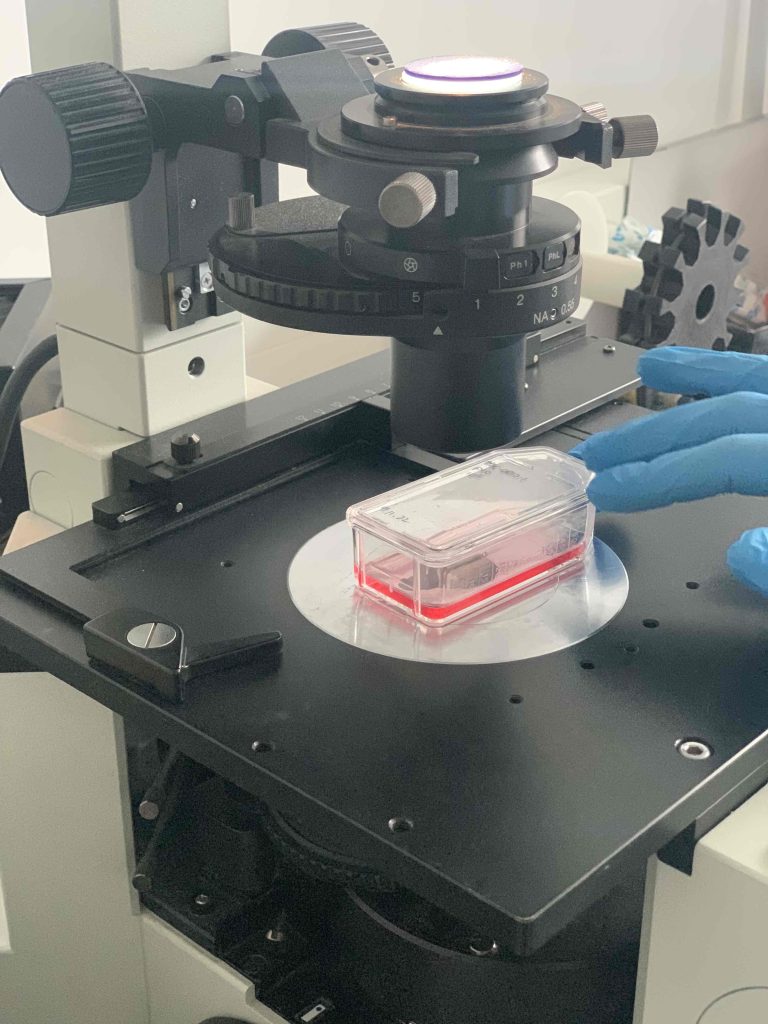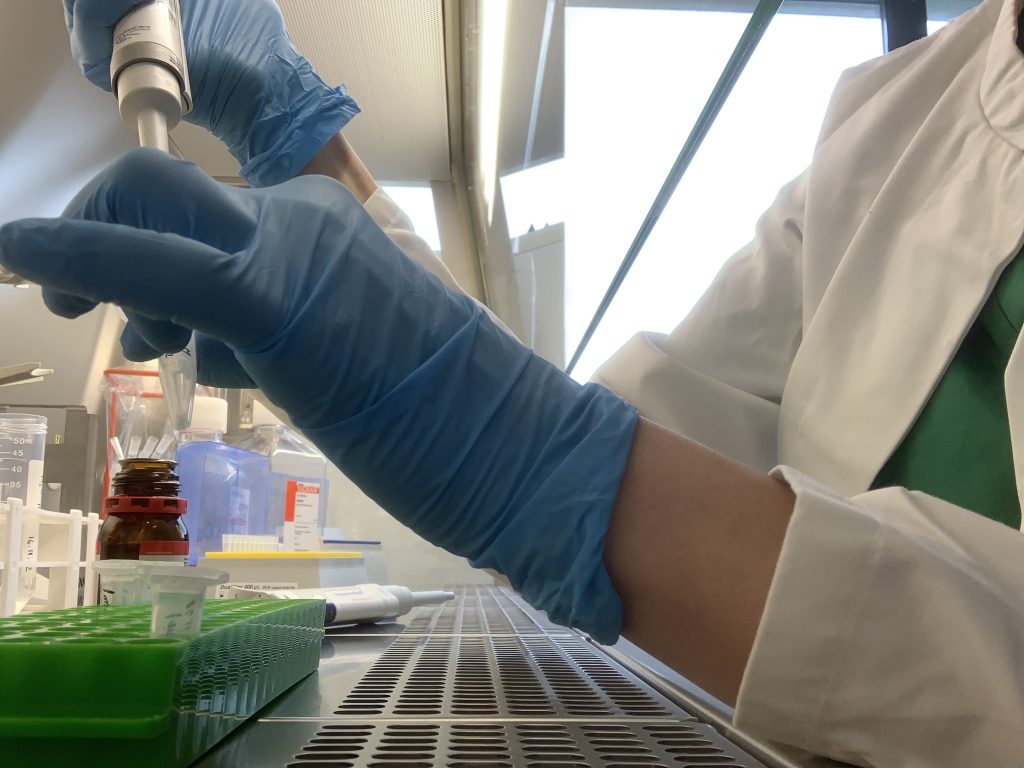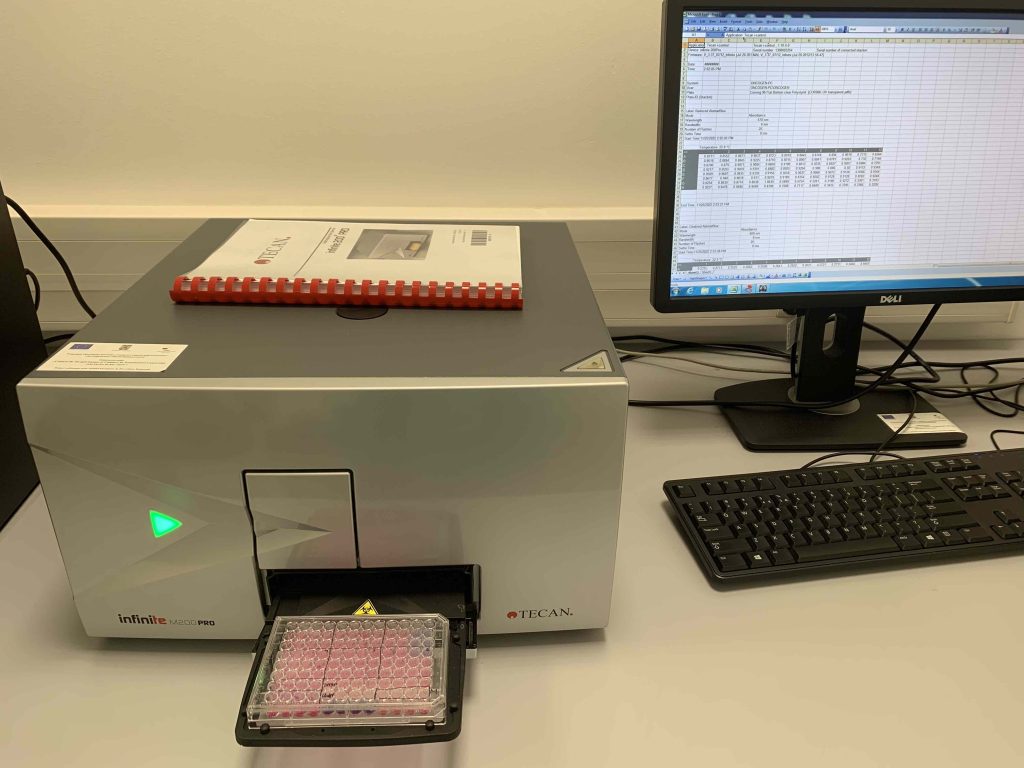Executive summary of activities carried out during the implementation period
Stage 1: 02.06.2022-31.12.2022
The main objective of this phase was to synthesize stearylated and non-stearylated derivatives of buforin II/IIb and to determine their antimicrobial activity.
Six derivatives of buforin II/IIb, three unstearylated peptides and three stearylated homologous peptides, were synthesized using solid-phase peptide synthesis (SPPS) and the labile fluorenylmethyloxycarbonyl group (Fmoc chemistry) strategy with solid-supported Rink-amide resin to obtain C-terminally amidated peptides. Removal of protecting groups (Fmoc) was done with 20% piperidine in dimethylformamide (DMF). Solid phase reactions were carried out in DMF using HOBT/TBTU as coupling reagents and diisopropylethylamine as activating base. Cleavage was carried out with trifluoroacetic acid, 2.5% triisopropylsilane and 2.5% water for 2 h at room temperature. Peptides were purified by reversed phase high performance liquid chromatography (HPLC-DAD) using an acetonitrile/water gradient containing 0.1% trifluoroacetic acid. Peptides’ identity was determined by MALDI-TOF-MS and TOF-MSMS.
Antimicrobial activity of these peptides was determined by microdilution method in nutrient broth. Values of minimum inhibitory concentrations (MIC) were determined spectrophotometrically in order to determine the lowest concentration of the peptides, which, under the defined test conditions, inhibited the visible growth of the investigated Gram-positive and Gram-negative bacteria. The lowest MIC values were obtained after treatment of Gram-positive bacteria with all six peptides, compared with that obtained after the treatment of Gram-negative bacteria. The cytotoxicity of these peptides was also determined in several malignant cell lines and in a culture of healthy human mesenchymal cells (MSC).
Stage 2: 01.01.2023 – 31.12.2023
The main objective of this stage was to synthesize stearylated and non-stearylated derivatives of buforin II/IIb and determine their stability, antimicrobial activity, and toxicity in cancer and normal cell cultures, respectively.
Six derivatives of buforin II/IIb, three non-srtearylated peptides and three stearylated homologous peptides with amide group at the C-terminus, were synthesized using the automated peptide synthesizer acquired in this project using solid phase peptide synthesis (SPPS) and the labile fluorenylmethyloxycarbonyl group strategy (Fmoc chemistry). The protecting groups (Fmoc) were removed with 20% piperidine in dimethylformamide (DMF). The reactions were performed in DMF using HOBT/TBTU as coupling reagents and diisopropylethylamine as an activating base. Cleavage was done with trifluoroacetic acid, 2.5% triisopropylsilane and 2.5% water for 2 h at room temperature. Peptides were purified by reverse-phase high-performance liquid chromatography (HPLC-DAD) using an acetonitrile/water gradient containing 0.1% trifluoroacetic acid. Peptides’ identity was determined using high-performance mass spectrometry, TOF-MSMS.
The antimicrobial activity of these peptides was determined by microdilution in nutrient broth. Minimum inhibitory concentration (MIC) values were determined spectrophotometrically to determine the lowest concentration of the peptides, which, under the defined test conditions, inhibited the visible growth of the three Gram-positive bacteria and two strains of Gram-negative bacteria investigated. At the same time, the stability and cytotoxicity of these peptides were determined in several malignant cell lines and a peripheral blood mononuclear cell (PBMC) culture from a healthy donor.
